
Advanced Laser Cataract Surgery (LCS) Explained
Key Highlights
- Discover how advanced laser cataract surgery revolutionizes ophthalmic care
- Learn about the precision and safety benefits of laser-assisted procedures
- Explore the quicker recovery times and improved visual outcomes associated with this advanced technique
- Find out the personalized approach to surgery planning for enhanced results
- Understand the significance of post-operative care and follow-up visits for a successful recovery
- Compare the costs and insurance coverage options between laser and traditional cataract surgeries
Introduction
Advanced Laser Cataract Surgery Explained
Advanced laser cataract surgery (LCS) uses the latest technology combined with the surgical skills of our ophthalmologist, Dr. Jones, to improve results for patients. It is helpful to understand how this method has evolved over time from traditional surgery to laser-assisted surgery. The benefits of this new approach become clear when we delve into what the femtosecond laser does and how it can improve intraocular lenses (IOL) centering in the eye. This introduction opens the door for a deep look into LCS and how it can lead to better ophthalmic outcomes. This procedure alone keeps ophthalmology at forefront of the surgical sub-specialties.
Understanding Laser Cataract Surgery
LCS uses advanced technology, but also maintains some traditional technologies like ultrasound. LCS makes precise cuts to remove cataracts. It is different from traditional methods because it uses a femtosecond laser for cataract fragmentation. This laser automates some steps, making the surgery safer and more accurate. The surgeon makes clear corneal incisions and a circular opening in the lens capsule. After that, they can easily break up and take out the cataract. This surgery leads to better refractive outcomes and has a high success rate. Patients often end up with clearer vision after the procedure.
The Evolution from Traditional to Laser-Assisted Cataract Surgery
LCS is different from traditional manual cataract surgery. Instead of using manual techniques, it uses advanced technology like femtosecond lasers. This new method allows for precise cuts guided by a computer, enhancing the overall cataract removal experience. This makes the procedure more accurate. Laser surgery also creates smaller cuts, which helps patients heal faster and get better refractive outcomes. Moving to laser-assisted procedures has been a big step toward improved visual outcomes and more comfortable experiences for patients. At the San Antonio Eye and Face Institute, we are using the LensAR® Laser System to perform LCS.
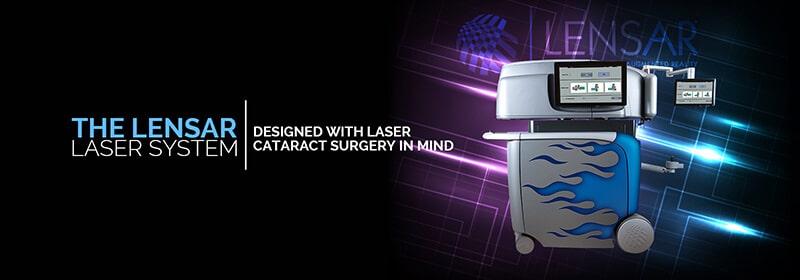
Key Components of Laser Cataract Surgery Technology
Advanced LCS uses special tools to make the surgery better. The femtosecond laser system helps make accurate cuts which makes the procedure safer than older methods. Optical coherence tomography provides clear images, which helps in planning the surgery carefully. Advanced intraocular lenses (IOLs) can be placed after removal of the cataract. These lenses address vision problems such as presbyopia, the loss of near vision due to stiffening of the natural lens. Laser capsulotomy helps in making a precise opening in the lens capsule. All these parts of the surgery work together to improve the accuracy of the surgery. They also help in achieving better visual outcomes and make the overall laser cataract surgery successful.
Benefits of Laser Cataract Surgery in San Antonio, TX
LCS is known for its attention to detail and safety. Patients experience quicker recoveries than with traditional methods. The advanced technology used in this procedure leads to better visual outcomes and improves the quality of life after surgery. LCS in San Antonio allows for precise cuts and personalized treatment plans which leads to the best refractive outcomes for patients. Its high success rate and lower risk of complications make it a top choice for those looking for advanced ophthalmic care in San Antonio, Texas.
Enhanced Precision and Safety
LCS uses advanced technology to improve safety and precision. Femtosecond laser technology helps doctors make small, exact cuts. This LCS system increases the chances of a good surgical result and lowers the risk of complications. By using optical coherence tomography imaging, surgeons can customize the procedure for each patient’s eye. Safety is improved and the procedure is made more precise.
Quicker Recovery Times for Patients
Advanced LCS helps patients recover faster. This new method uses precise technology to encourage quick healing after the procedure. Patients can regain their vision and go back to their daily activities sooner than with older methods. The advanced laser systems cause less damage to the eye. This means less swelling and discomfort, making recovery times quicker for people having LCS.

Improved Visual Outcomes
With advanced cataract laser surgery, patients often see a big improvement in their vision after the procedure. This new technology helps doctors make exact cuts, tailor the treatment to each patient, and place the intraocular lens more accurately. As a result, patients enjoy clearer sight and need less help from glasses or contact lenses. By using advanced techniques, LCS increases the chances of successful outcomes and better vision for those who have the surgery.
Preparing for Your Laser Cataract Surgery
It’s important to begin your path to LCS with a first meeting and a complete eye check. This check will help create a surgery plan just for you. It makes sure that the procedure fits your needs. Following the pre-surgery rules carefully, like what to do and what not to do, will help you obtain the best results from your surgery. These steps are key for having a successful outcome.
Initial Consultation and Eye Examination with our Ophthalmologists
During your first meeting for LCS, your ophthalmologist will perform a thorough eye exam. You may be seen by Dr. Jones or Dr. Triana for this exam. However, Dr. Jones performs all LCS for the clinic. This exam checks your eye health and helps find the best treatment plan for you. We may use advanced imaging techniques like optical coherence tomography to identify pre-existing eye diseases. This method provides 3D images of the back of your eye. By looking at these images, the surgeon can be certain that you are a good candidate for LCS and make a custom surgery plan that fits your needs. This first meeting is very important to get you ready for a successful procedure.
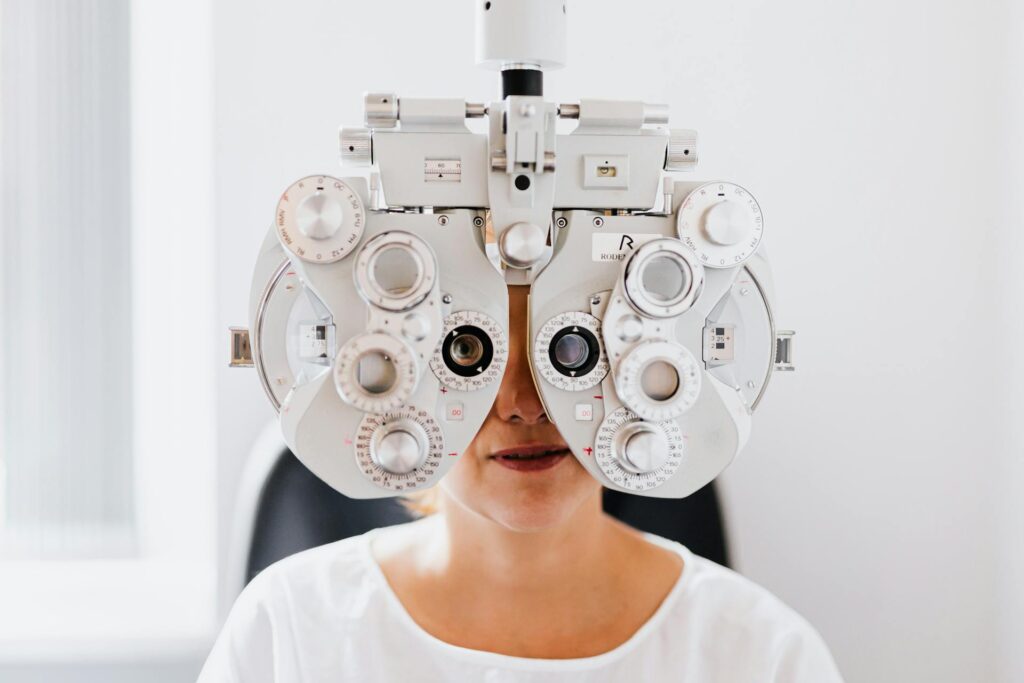
Personalized Plan: Tailoring the Procedure
Your personalized surgery plan is carefully made for your specific eye needs. The cataract surgeon along with his technicians will assess you and obtain precise measurements. This helps them customize each step of your LCS. By adjusting the procedure to match your unique eye and vision needs, the team aims for the best results. Along with your input, they will choose the right intraocular lens (IOL) for your needs. The measurements will calculate the power of the new lens, but will also plan the small cuts performed during surgery with care. Every part of your surgical experience is thoughtfully planned.
Pre-Surgical Instructions: Dos and Don’ts
Start by following these steps to have a good experience with your LCS. You will start your surgery drops 3 days before your procedure. Make sure a responsible adult can take you home after the surgery. The surgery center cannot allow you to leave with a rideshare service like Uber or Lyft. Follow the fasting rules before the procedure. This will be discussed when you come for your measurements appointment. Do not wear jewelry or makeup. Stay hydrated, but do not eat or drink anything 8 hours before your surgery. It is important to shower before arriving at the surgery center. Wear comfortable, clean, and loose-fitting clothes. Following these instructions helps to make sure the surgery goes well.
The Laser Cataract Surgery Process
On the day of LCS, doctors use advanced tools like the femtosecond laser. This method allows for small incisions which will sometimes be made by the laser, but sometimes with a traditional scalpel. This step creates a circular incision on the anterior face of the lens. This gives access to the cataract with less risks. The femtosecond laser fragments the lens which allows your ophthalmologist to remove the cloudy lens with less energy. Then, the doctor uses an ultrasound device called a phacoemulsification handpiece to breaks up and suck out the fragments. After that, additional measurements to double check the intraocular lens power is performed using the ORA SYSTEM®. After that, a new artificial lens goes into the lens capsule to help with clear vision.
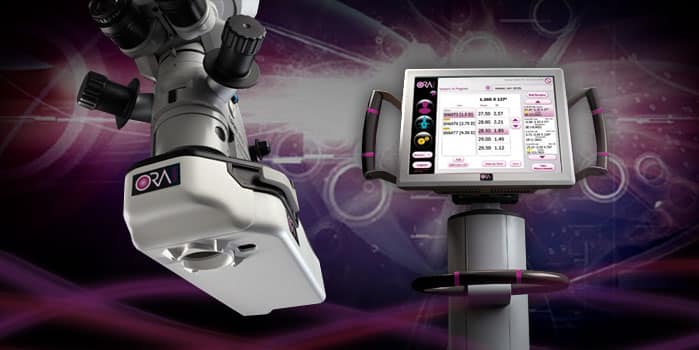
After the your procedure, patients stay in the recovery area with the nurse for a short period of time. The staff checks on them to make sure they are feeling well. This cutting-edge technology helps ensure a high success rate. It also reduces complications, which can lead to a better quality of life for patients.
Step-by-Step Guide on the Day of Your Procedure
When you arrive at the American Surgery Center, you will be checked in to get ready for the laser cataract procedure. You will be required to make any calculated payments prior to surgery. Once in the pre-operative area, you will receive eye drops in the surgical eye to dilate your pupil and an IV in your arm. This will be used to administer anesthesia to keep you relaxed and comfortable during the surgery. The femtosecond laser will be carefully set up to make exact cuts in the cornea to relax astigmatism. The cataract surgeon will use imaging technology, like optical coherence tomography, to guide the laser for opening the lens capsule accurately. The laser will help break up and soften the cataract, making it easier to remove. After the cataract is taken out, a new intraocular lens will be implanted securely without needing any stitches to help you see better.
Advanced Techniques Used in Laser Cataract Surgery
LCS uses modern technology such as femtosecond lasers to make precise cuts. Optical coherence tomography helps with imaging. This improves the results and overall patient outcomes of the surgery. The laser system allows doctors to do very accurate capsulotomies. This means they can place intraocular lenses in a careful way for better vision. These new techniques lower risks and improve refractive outcomes, which makes patients happy. Using these advanced technologies in LCS creates a new level of precision and efficiency in cataract removal.
What Happens After the Surgery? Immediate Post-Op Care
After LCS, taking care of yourself right away is very important to avoid issues like infection (use your antibiotic drop as directed) or long-term, secondary cataract (use your anti-inflammatory drops as directed). Your doctors will observe for any problems that may arise. Patients receive guidance on how to care for themselves at home at the first post-operative visit. They also have appointments set for future check-ups. This time period is key to ensuring a good recovery and the best visual outcomes.
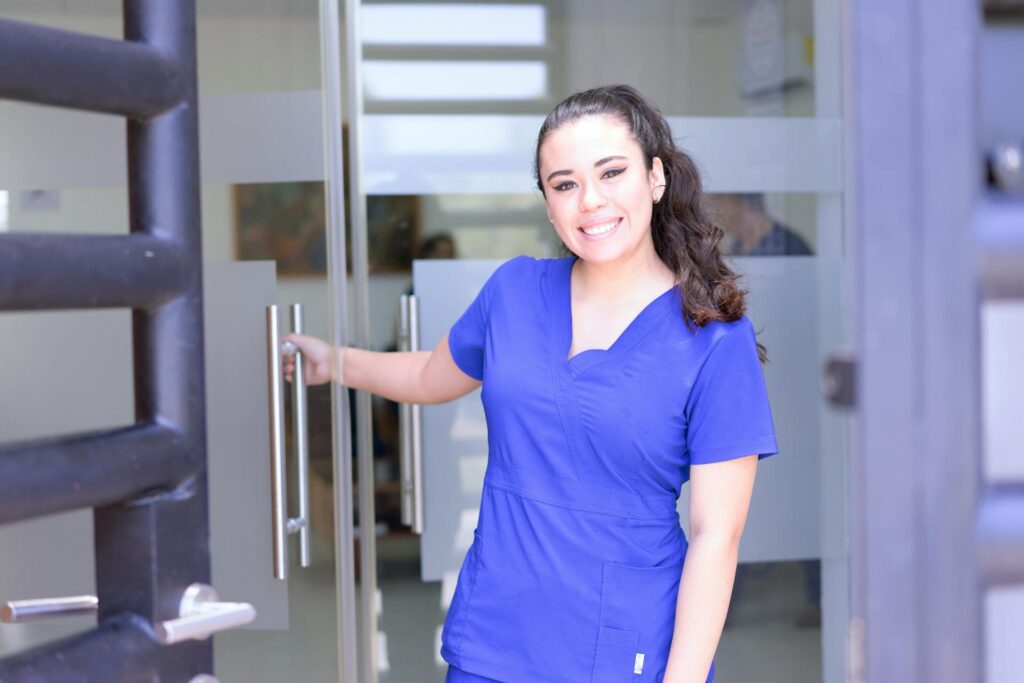
Recovery and Post-Operative Care in San Antonio
Recovery and care after LCS in San Antonio are very important for a successful healing process. Right after the surgery, patients receive guidance for the first 24 hours. They are told to rest and use the eye drops that their doctor prescribed regularly. They are reminded of their follow-up visit the next day. This is very important and planned to check on your progress. It allows your doctor to handle any concerns quickly. Patients also get helpful tips for recovering at home. This advice helps them heal well and take good care of their eyes. Having enough support during this time is key to improving eye health and overall vision.
The First 24 Hours After Surgery
After LCS, patients need to rest and stay away from hard activities. They should use eye drops as directed to help heal. Experiencing side effects like mild pain or itchiness is common. Doctors will recommend using an eye shield when sleeping for the first week. It’s important not to rub or put pressure on the eyes. Patients should carefully follow all post-op instructions. In addition to your first visit the day after surgery, your medical team will set up a follow-up appointment for the next week to check how well you are recovering.
Follow-Up Visits and Ongoing Eye Care
Regular follow-up visits after LCS are very important. They help keep track of your recovery and protect your eye health. During these visits, your cataract surgeon (MD) can check how you are healing and how good your vision is. They can also help you quickly if you have any worries. Ongoing eye care includes adjusting prescriptions and watching for possible complications. This care is key for having clear vision and good eye health. Keeping to your follow-up appointments and following aftercare instructions can really help you have great results and maintain your eye wellness over time.
Tips for a Smooth Recovery at Home
- Keep your space clean and free from dust to help with healing
- Use your eye drops as directed by your doctor to prevent infections and help recovery
- Don’t do hard activities (bending, lifting, straining) that might hurt your eyes right after surgery
- Follow the advice from your cataract surgeon to recover well
- It’s important to rest your eyes-avoid too much screen time and focus on relaxing to support your healing
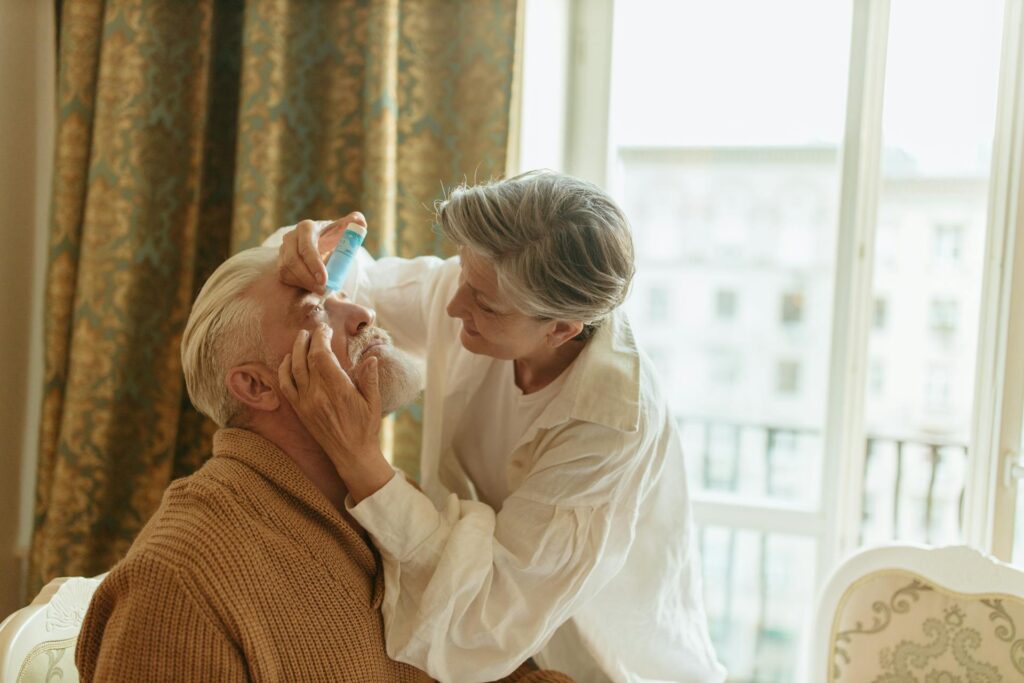
Comparing Costs: Laser vs. Traditional Cataract Surgery
Professional ophthalmic care is very important for many people thinking about cataract removal. When looking at the costs of laser versus traditional methods, several things matter. At first, LCS may look more expensive because it uses advanced technology. However, the long-term benefits this type offers, like the use of less ultrasound energy in the eye and better visual outcomes due to astigmatism treatment, might make it worth it. On the other hand, traditional surgery may seem cheaper at first, but the slightly higher risk of complications can lead to extra costs. It’s important to understand these details to make a good choice. One research study done by Schweitzer C concluded the traditional surgery was not inferior to new methods.
Understanding the Costs Involved in Laser Cataract Surgery
One important thing to think about when choosing LCS is the costs involved. LCS usually uses advanced technology and special tools. Because of this, it can be more expensive at first than traditional cataract removal surgery. The type of intraocular lens implant you choose can also affect the total cost. It is important to talk about all money matters with your doctor and insurance company ahead of time. This will help you understand the expenses you will face.

Insurance Coverage and Financing Options in Texas
Navigating insurance and financing for LCS in Texas is very important. Many insurance plans, including Medicare, will cover traditional cataract surgery. However, they might not cover all the extra costs for laser technology with astigmatism correction or premium intraocular lenses. Patients need to discuss the coverage details with their provider’s office. This will help them avoid surprise costs. There are different financing options available. For example, flexible spending accounts and health savings accounts can help with out-of-pocket expenses. Knowing how insurance policies like Medicare work and what financing options exist can make paying for advanced LCS easier. At the San Antonio Eye and Face Institute, we offer the option to use CareCredit to finance your procedure over time. If interested, you can ask our office for more details or sign up online.
Conclusion
Advanced LCS in San Antonio, TX, gives great results and a stellar safety profile. This leads to faster recovery times and better visual results for patients. By using the latest technology and methods, laser cataract surgery helps in cataract fragmentation and lens implantation for the best outcomes. With care plans that are made just for each patient, they can enjoy clear vision and better eye health. Take advantage of laser cataract surgery for better refractive outcomes and higher success rates on your path to improved eye care and a better life.
Frequently Asked Questions
How long does cataract surgery procedure take?
LCS usually lasts about 15 to 30 minutes for each eye. This procedure is fast and accurate compared to other surgeries you may encounter. It provides good results and requires little recovery time. Knowing how long the procedure takes can help you plan your day better. However, in most cases, we recommend you take the rest of the day off to recover.
Is this laser procedure painful?
LCS usually does not hurt. Numbing eye drops and sedation help make it easy for patients. They might feel some pressure or a bit of discomfort, but not real pain. After the procedure, if there is any discomfort, it can be handled with over-the-counter medications that your doctors will recommend.
What are the potential risks of laser cataract surgery?
According to the American Academy of Ophthalmology, potential risks of LCS include pain, infection, bleeding, glare, halos, inflammation, retina detachment, loss of vision, loss of the eye, and the potential need to use glasses or contact lenses to obtain the best vision. While serious complications are exceedingly rare, problems like increased eye pressure or corneal swelling can happen more commonly. It’s important to talk about these risks with your surgeon. This way, you can make a well-informed decision.
Can I drive after this eye surgery?
After LCS, you should not drive on the same day. This is because you might have blurry vision and be sensitive to light. In addition, you will still have anesthesia in your system. Your ophthalmologist will tell you when it is safe to start driving again during your follow-up visits.

How soon can I return to normal activities after this cataract surgery procedure?
Patients usually get back to their normal activities in a few days to a week after LCS. This depends on how each person heals. Following the aftercare instructions can help make the recovery quicker.


